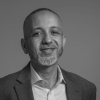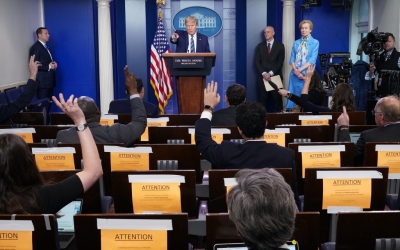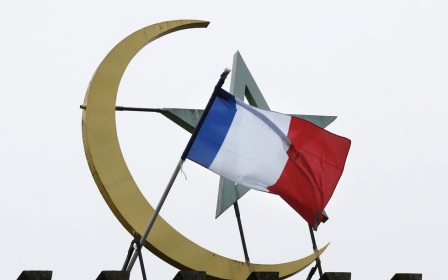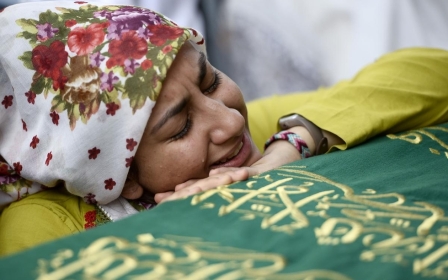How elite US newspapers ignore Muslim victims of terrorism
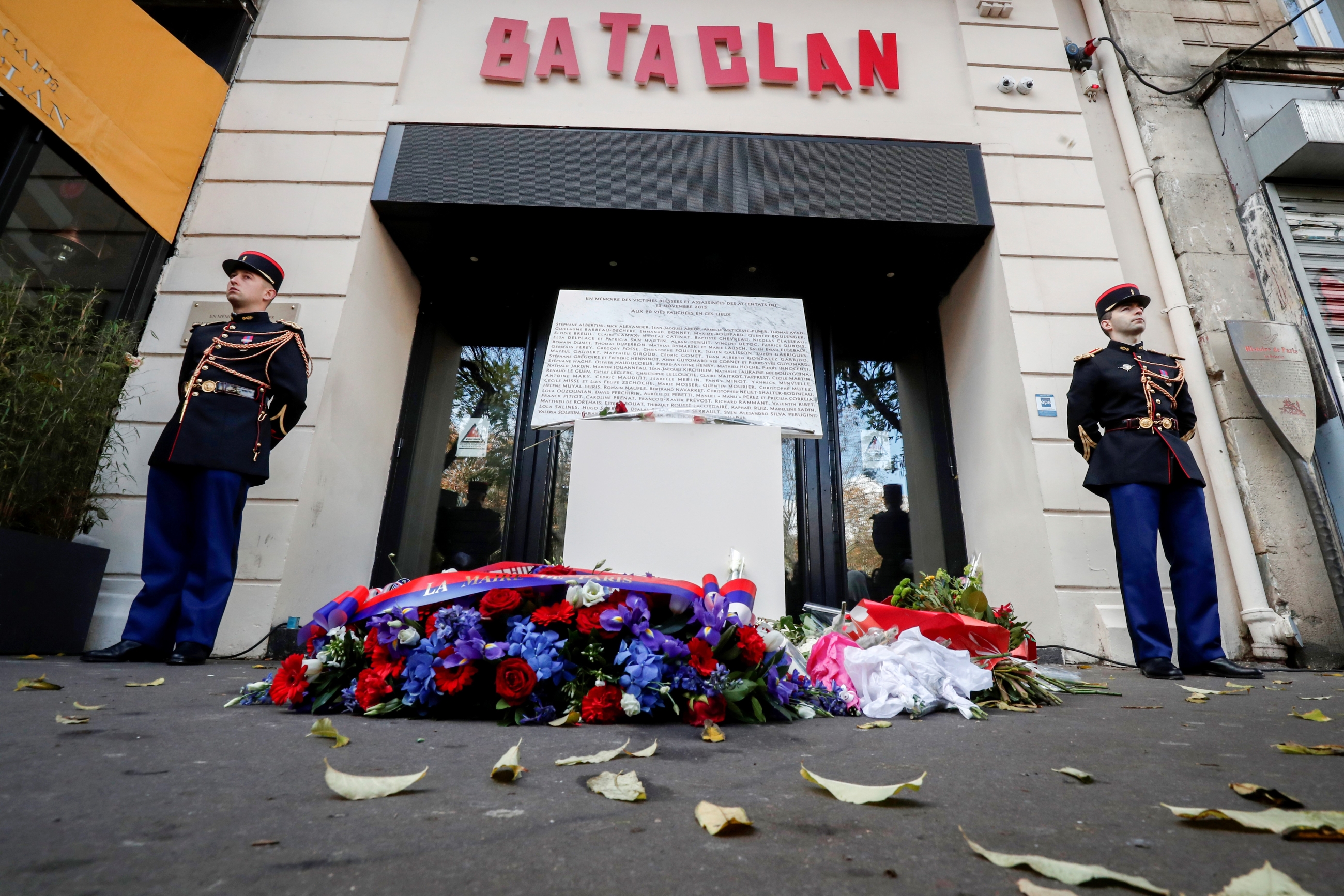
For years, my research collaborator, Mohammed el-Nawawy, and I have closely followed the intense debate over alleged double standards in US news coverage of terrorism.
We have been specifically interested in public discussions on alleged contradictions in US newspaper reportage of Muslim and non-Muslim terrorism victims. Surprisingly, prior to a study we recently published in the high impact, peer-reviewed Sage Journal Journalism, there had been almost no empirical research into this phenomenon.
Articles covering non-Muslim terrorism victims in Paris and Brussels generated about nine times as much coverage as articles covering Muslim terrorism victims in Ankara and Maiduguri
We like to think that our recently published research will fill important gaps in the literature and answer many questions for media scholars and laypersons alike. Our major finding is that some of the largest US newspapers are more likely to humanise and pay prominent attention to non-Muslim victims of terrorism than to Muslim victims.
We weren’t necessarily surprised to have found evidence of a double standard - indeed, these were our expectations - but we were taken aback by the degree of disparity.
Our study systematically examined coverage of five prominent Muslim-perpetrated terrorist attacks. Three were carried out in Muslim-majority societies in Ankara and Maiduguri, Nigeria, while the other two were carried out in major cities in the non-Muslim majority West, in Paris and Brussels. All took place within a six-month span late in 2015 or early in 2016.
New MEE newsletter: Jerusalem Dispatch
Sign up to get the latest insights and analysis on Israel-Palestine, alongside Turkey Unpacked and other MEE newsletters
The three attacks perpetrated in non-Western, Muslim-majority societies produced far fewer articles in elite US newspapers, despite having produced a greater number of casualties. Articles covering non-Muslim terrorism victims in Paris and Brussels generated about nine times as much coverage as articles covering Muslim terrorism victims in Ankara and Maiduguri.
Specifically, the attacks in Ankara and Maiduguri, with 222 casualties, produced only 72 articles in total over five days of US newspaper coverage. The two attacks in Paris and Brussels, with 165 casualties, generated 641 articles over five days of coverage.
Making the front page
Articles covering non-Muslim victims were also larger (on average), generated more photographs, and were more likely to make the newspapers’ front pages.
What’s more, US newspapers talked differently about the attacks and Muslim/non-Muslim victims. Attacks against non-Muslim societies were framed almost exclusively as acts of terrorism, while attacks against Muslim-majority societies were framed largely as “internal conflicts”.
Perhaps most importantly, results showed that non-Muslim victims of terrorism were more likely to be humanised and personalised than Muslim victims.
All five studied attacks easily met the textbook definition of terrorism and were perpetrated by Muslims,
two realities which help to control for potential confounding variables. The inclusion of attacks in Ankara, a European society, helped control for geographic proximity to the US.
None of this is to suggest any sort of organised conspiracy against Muslims. On the contrary, there are a range of easy-to-understand reasons for the disparities we identified in our study, which help to explain why US news media are more likely to pay attention to and humanise white, Christian, Western victims of tragedy and disaster.
Structural constraints
Noam Chomsky, Edward Herman and other scholars have shown convincingly that US systems, including the US news system, have long seen Americans and their closest Western allies as more “worthy” than others.
Edward Said’s programme of research, and in particular his work on Orientalism, elucidated how Islam and Muslims have been stereotypically constructed within Western discourse.
A long line of research in world-systems theory suggests that North America and Western Europe are situated as part of the world’s “core”, with most other countries situated on the “periphery” or “semi-periphery”.
In addition, scholarly work on the sociology of news points to structural constraints upon US journalism. Time limits and deadlines, editorial boundaries, news routines, knowledge limitations, and narrow journalistic ideologies, among other things, exert themselves on news production processes, often dictating which stories are covered and how they are reported.
Any way you slice it, the situation is problematic, to say the least. News readers following the 10 papers we studied - including the New York Times, the Washington Post, the Los Angeles Times and the Chicago Tribune - may come away with the impression that non-Muslims are more likely to be victims of terrorism or are more worthy of attention and humanisation, or that Muslim-majority societies are merely mired in internal conflicts.
Recognising the problem
Our study also addressed anti-Black racism, an issue of importance given the ongoing global Black Lives Matter protests. The attack in the lone Black society under study, Maiduguri, generated by far the smallest number of news articles (10), despite a comparatively high level of casualties (90).
While the fact that the Maiduguri victims were Muslim likely played a role in the lack of coverage, the fact that they were Black and African almost certainly played a role.
US news organisations should recognise that a problem exists. From there, progress can be made
US journalists have sometimes been defensive about accusations of a double standard, offering up a range of justifications for coverage patterns. The defensiveness is, perhaps, understandable, particularly given constraints on news production and other issues that extend beyond the profession.
At a minimum, though, US news organisations should recognise that a problem exists. From there, progress can be made.
The views expressed in this article belong to the author and do not necessarily reflect the editorial policy of Middle East Eye.
Middle East Eye delivers independent and unrivalled coverage and analysis of the Middle East, North Africa and beyond. To learn more about republishing this content and the associated fees, please fill out this form. More about MEE can be found here.


